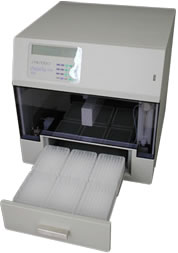- HOME
- HPLC Instruments
- HTS Autosampler
|
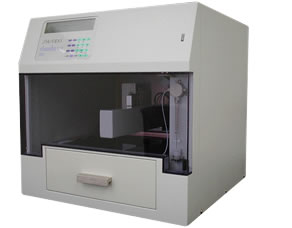 |
|
| Optimized for Biological Samples |
| Pre-column Labeling Function |
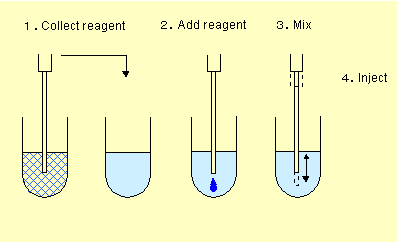 |
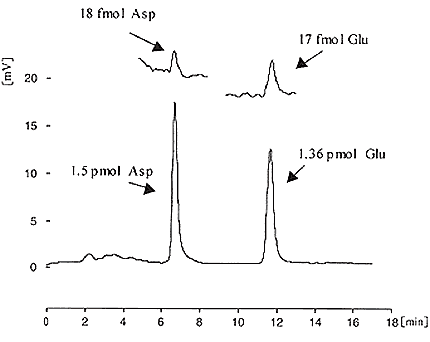 |
Pre-labeling function (OPA labeling of amino acids) |
| Selection of Sample Vials |
Vial Holder
(1) 96-deep-well plate (2) Osaka Soda vial* (3) 96-well microplate *Osaka Soda vials are available in 50 µL and 250 µL types. |
| Sample Cooling Function |
| The autosampler features a sample cooling function, useful for analysis of biological samples. |
| Metal-free Structure |
| The flow channels are made of polyetheretherketone (PEEK) resin, allowing analysis of samples of strong adsorptive nature, such as proteins or other physiologically active samples. |
| Low Carryover |
A complete rinsing system is adopted for the sampling mechanism to eliminate contamination and carryover.
Loop rinsing function The sample loop and tubing in the autosampler are rinsed during analysis. |
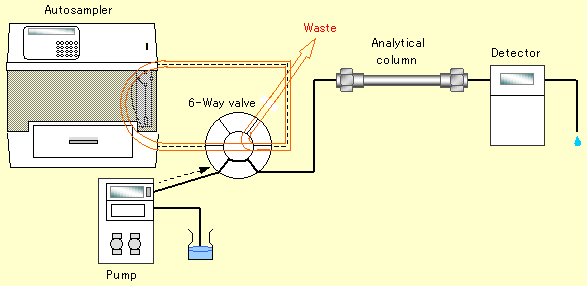 |
| High-precision Analysis at High Sensitivity |
| Small Dead Volume Structure |
The capacity of the injection valve has been reduced to 1.9 µL, virtually eliminating diffusion of the sample. Semi-microcolumns of 1.0-mm I.D. are also available.
Influence of dead volume on semi-microcolumn HPLC
Comparison of Peak Efficiency of Standard Compound (naphthalene) between Nanospace and Conventional Instrument (Retention time: 12 min) |
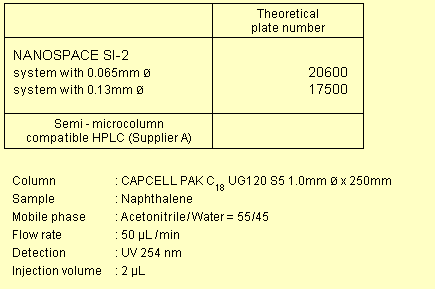 |
| High Precision and Endurance |
High precision is maintained even at small injection volumes (RSD less than 1% at 1 µL injection). A minute injection of 100 nL is also possible. The standard sampling volume ranges from 0.1 to 80.0 µL.
*Up to 400 µL injection can be made by using multiple collection function. 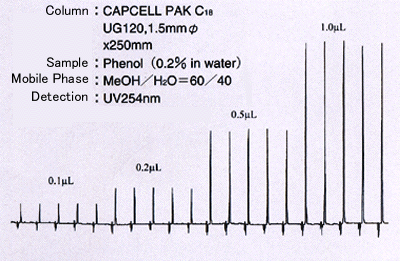 |
| Efficient Sampling System |
Polypropylene (PP) sample vials (50 µL & 250 µL) are suitable for biological samples. Valuable samples will not be wasted.
50 µL vial: Minimum required sample volume = Injection volume + 2 µL |
| Easy Operation with Key Pad |
Programming is set by using the numerical key pad.
|
| Networked System Control |
Remote operation from a Windows™ PC is possible.
|
| Specifications |
|


